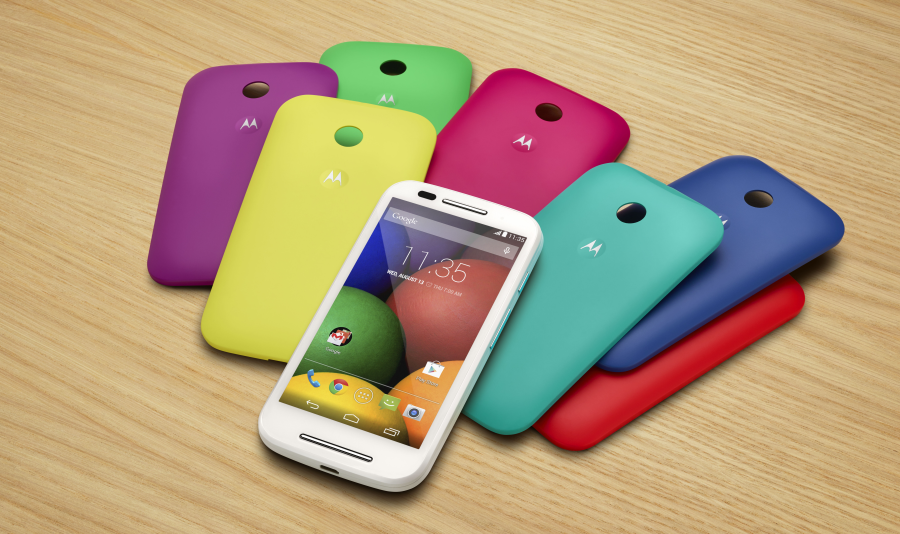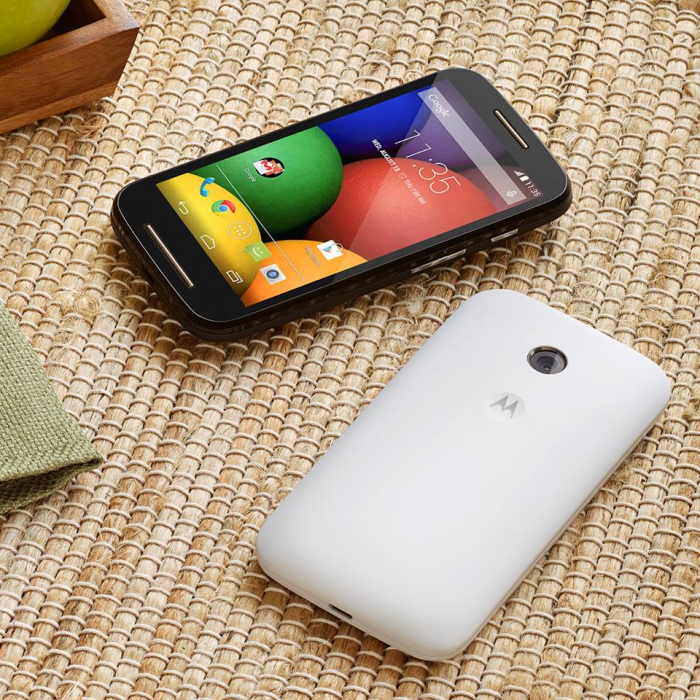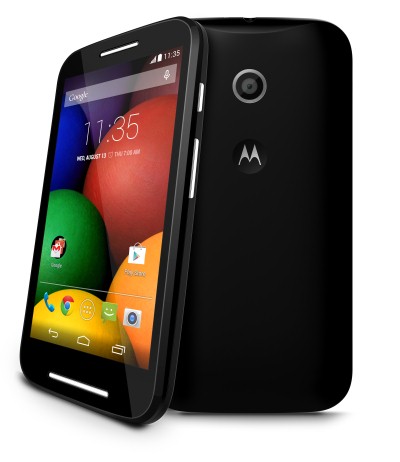 On Tuesday, Motorola announced a new phone, the Moto E. While this was not the flagship device – dubbed the Moto X+1 – that had been speculated, this is a major announcement. We will get into the Moto E below, but Motorola made another significant announcement during the press event. The company also announced an updated Moto G, with 4G LTE for $219. The Moto G, which has only been available for 6 months, is already the company’s best selling smartphone to-date. Although the G has seen its best success in Mexico and Brazil, it stands to reason that the upgraded, 4G version will improve its U.S. sales.
On Tuesday, Motorola announced a new phone, the Moto E. While this was not the flagship device – dubbed the Moto X+1 – that had been speculated, this is a major announcement. We will get into the Moto E below, but Motorola made another significant announcement during the press event. The company also announced an updated Moto G, with 4G LTE for $219. The Moto G, which has only been available for 6 months, is already the company’s best selling smartphone to-date. Although the G has seen its best success in Mexico and Brazil, it stands to reason that the upgraded, 4G version will improve its U.S. sales.
 The Moto E is Motorola’s next foray into the affordable smartphone market. The Moto E comes off-contract for $129. While nothing about the Moto E is really groundbreaking, it is a solid, useful device for $129. Today’s announcement makes one fact incredibly clear, Motorola is the king of the inexpensive end of the smartphone market.
The Moto E is Motorola’s next foray into the affordable smartphone market. The Moto E comes off-contract for $129. While nothing about the Moto E is really groundbreaking, it is a solid, useful device for $129. Today’s announcement makes one fact incredibly clear, Motorola is the king of the inexpensive end of the smartphone market.
While the device is inexpensive, it is far from cheap. One of the largest selling points for the Moto E – and the Moto G – is its software. Looking through the cheaper smartphone offerings out there, it is hard to find devices that run Android 4.1 (Jelly Bean), let alone one that runs the most current version 4.4 (KitKat). However, that is exactly what you get with the Moto E. Beyond running KitKat, the Moto E – and the whole Moto franchise for that matter – run what amounts to one of the cleanest Android builds available, free from carrier and manufacturer bloatware.
When digging into the specs, again, nothing really stands out. The dual-core Snapdragon 200 processor clocked at 1.4GHz, is slower than the Moto G. Its 4.3 inch 540 x 960 qHD display is smaller and less powerful than the Moto G. The camera of the Moto E is the same as the Moto G, but the E lacks a front facing camera.

While the specs and performance may sway the avid, die-hard smartphone user, that is not the market Motorola is after. The Moto E is for everyone that still uses a flip phone; for the emerging markets; for the cash-strapped. The Moto E is for the 90% of the smartphone user market that doesn’t care about Super AMOLED screens, or processor speed, or added on features. The Moto E is for everyone who can afford a $129 smartphone.
On top of all that, the Moto E and Android 4.4 represent one of the most durable combinations available. In terms of durability, the Moto E is just about the most heavy-duty consumer phone available. Further, Android 4.4 represents one of the most substantial upgrades for the mobile OS. This is reflected in a statement Steve Horowitz, Motorola’s chief of software engineering, made to The Verge: “If you look at the way Android is headed,” says Horowitz, “KitKat was intentionally designed to run on lower memory, so the Moto G and Moto E have very long lives ahead of them.”1
- Vlad Savov, The Verge, “The Moto E is shockingly cheap and surprisingly good,” 13 May 2014 ▲

